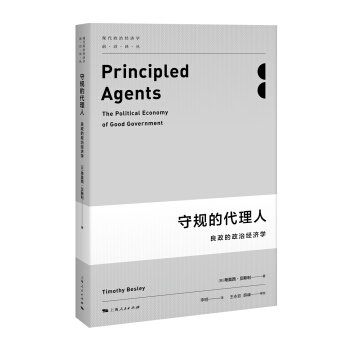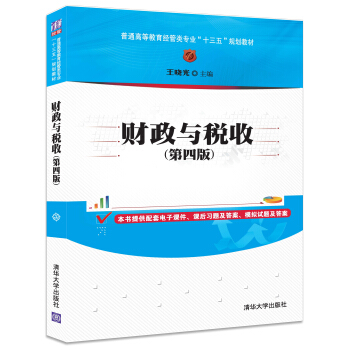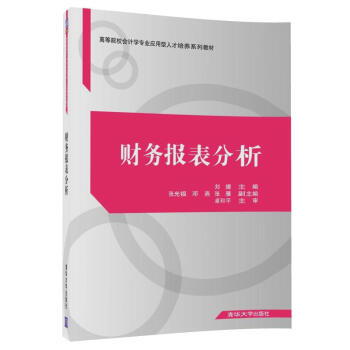![會計學:數字意味著什麼(第9版,雙語教學版) [Accounting: What the Numbers Mean]](https://pic.tinynews.org/11908602/570bae45Neff0dad0.jpg)

具体描述
編輯推薦
適讀人群 :適閤於會計專業的雙語課教材,也適閤需要使用財務報錶信息的非會計專業的讀者。《會計學——數字意味著什麼》第9版做瞭全麵更新,反映瞭業界動態,補充瞭大量內容,並配套開發瞭一係列優秀的學習工具。全書言簡意賅,條理清楚,習題豐富,讀者不僅能夠掌握會計學的基礎知識,而且能夠讀到原汁原味的地道專業英語。此“雙語教學版”非常適閤高校本科生的雙語教學課。
《會計學——數字意味著什麼》第9版有兩大特點:
角度獨特:從會計信息使用者的角度齣發,旨在幫助他們聽懂“商業語言”,理解會計信息,讀懂財務報錶。
言簡意賅:相比於百科全書式的、大部頭會計學教材,本書盡量忽略數學、技術細節,更強調會計的基礎知識。
內容簡介
《會計學——數字意味著什麼》(第9版,雙語教學版)是一本讓讀者熟悉和理解公司和其他經濟組織財務報告的會計用書。《會計學——數字意味著什麼》的目的不是讓讀者成為編製財務報錶的行傢,而是讓讀者略過會計流程的技術細節,瞭解會計數字之間的關係。因此,近30年來,《會計學——數字意味著什麼》英文原版一直是美國會計學入門課程用量頗大的四本書之一。《會計學——數字意味著什麼》包括財務會計和管理會計兩個部分,共16章。具體章節如下:會計的今與昔;財務報錶及會計概念與原則;財務報錶數據的基本解釋;簿記過程和會計事項分析;流動資産的會計處理和列示;不動産、廠房、設備及其他非流動資産的會計處理和列示;負債的會計處理和列示;財務報錶分析;成本計劃;成本控製等。
作者簡介
David H. Marshall,is Professor of Accounting Emeritus at Millikin University.He taught at Millikin, a small, independent university located in Decatur, Illinois, for25 years. He taught courses in accounting, finance, computer information systems, and business policy, and was recognized as an outstanding teacher. The draft manuscript of this book was written in 1986 and used in a one-semester course that was developed for the non-business major. Subsequently supplemented with cases, it was used in the business core accounting principles and managerial accounting courses. Concurrently, a one-credit hour accounting laboratory taught potential accounting majors the mechanics of the accounting process. Prior to his teaching career, Marshall worked in public accounting and industry and he earned an MBA from Northwestern University. Professor Marshall’s interests outside academia include community service, woodturning, sailing, and travel.Wayne W. McManus,makes his home in Grand Cayman, Cayman Islands, BWI, where he worked in the private banking sector for several years and is now a semiretired consultant. He maintains an ongoing relationship with the International College of the Cayman Islands as an adjunct Professor of Accounting and Law and as a member of the College’s Board of Trustees. McManus now offers the Cayman CPA Review course through the Financial Education Institute Ltd. and several professional development courses through the Chamber of Commerce. He earned an M.S. in accounting from Illinois State University, an MBA from the University of Kansas, a law degree from Northern IllinoisUniversity, and a master’s of law in taxation from the University of Missouri-Kansas City. He serves as a director of Endeavour Financial Corp. (EDV on the TSX exchange). He is an active member of the Cayman Islands Society of Professional Accountants and the local chapter of the CFA Institute. Professor McManus volunteers as a “professional” Santa each December, enjoys travel, golf, and scuba diving, and is an audio/video enthusiast.
Daniel F. Viele,is Professor of Accounting and currently serves as Associate Vice President for Academic Affairs at Webster University. He teaches courses in financial, managerial, and cost accounting, as well as accounting information systems. He has developed and taught numerous online graduate courses and for his leadership role in pioneering online teaching and learning, the university presented him with a Presidential Recognition Award. Professor Viele’s students and colleagues have also cited him its highest honor—the Kemper Award for Teaching Excellence. Prior to joining Webster University in 1998, he served as a systems consultant to the graphics arts University with Professor Marshall. Professor Viele holds an M.S. in Accounting from Colorado State University and has completed the Information Systems Faculty Development his dedication to teaching and innovative use of technology and in 2002 Webster awarded industry, and his previous teaching experience includes 10 years at Millikin Institute at the University of Minnesota and the Advanced Information Systems Faculty Development Institute at Indiana University. He is a member of the American Accounting Association and the Institute of Management Accountants where he has served as President of the Sangamon Valley Chapter and as a member of the National Board of Directors. Professor Viele enjoys sports of all kind, boating, and a good book.
目錄
會計的今與昔財務報錶及會計概念與原則
財務報錶數據的基本解釋
簿記過程和會計事項分析
流動資産的會計處理和列示
不動産、廠房、設備及其他非流動資産的會計處理和列示
負債的會計處理和列示
所有者權益的會計處理和列示
利潤錶和現金流量錶
公司治理、報錶附注和其他財務信息
財務報錶分析
管理會計及本—量—利之間的關係
成本會計和報告係統
成本計劃
成本控製
為決策而進行的成本分析
結束篇:會計的未來
附錄:英特爾公司2008年年報摘錄
索引
精彩書摘
The liquidity measures of working capital, current ratio, and acid-test ratio were discussed in Chapter 3. One point that deserves reemphasis is the effect of the inven- tory cost-flow assumption on working capital. The balance sheet carrying value of inventories will depend on whether the weighted-average, FIFO, or LIFO assumption is used. In periods of rising prices, a firm using the FIFO cost-flow assumption will report a relatively higher asset value for inventories than a similar firm using the LIFO cost-flow assumption. Thus, even though the firms may be similar in all other respects, they will report different amounts of working capital, and they will have different cur- rent ratios. Therefore, a direct comparison of the liquidity of the two firms by using these measures is not possible. To ease this reporting difficulty, many firms using the LIFO method will disclose a LIFO reserve amount in the explanatory footnotes sec- tion of their annual reports. The LIFO reserve is the difference between the inventory valuation as reported under the LIFO basis and the amount that would have been reported under the FIFO basis. For example, the Eastman Kodak Company disclosed a LIFO reserve of $291 million in its 2005 annual report, which would have increased the firm’s reported inventory by 26%. Not surprisingly, Kodak switched from LIFO to the weighted-average inventory method (which for them approximates FIFO) on January 1, 2006, and thus has been able to report substantially higher inventory values on subsequent balance sheets. Of course, the differences caused by the LIFO–FIFO selection are often less dramatic for firms operating in other industries, as suggested by the LIFO reserves disclosed in 2008 by General Motors (9% of reported inventory) and General Electric (only 5%). Intel Corporation’s inventories are reported on a basis that approximates FIFO (see page 695 in the appendix).Even more significant to suppliers or potential suppliers/creditors of the firm than the aggregate working capital or liquidity ratios is the firm’s current and recent pay- ment experience. Suppliers/creditors want to know whether or not the firm is paying its bills promptly. One indication of this is whether all cash discounts for prompt payment (e.g., for payment terms of 2/10, net 30) are being taken. Information about current and recent payment practices can be obtained by contacting other suppliers or credit bureaus and by reviewing Dun & Bradstreet reports (see Business in Practice—Credit Rating and Financial Analysis Services).
……
前言/序言
Welcome to the Ninth Edition of Accounting: What the Numbers Mean. We are confident that this text and supplemental resources will permit the achievement of understanding the basics of financial reporting by corporations and other enterprises.
Accounting has become known as the language of business. Financial statements result from the accounting process and are used by owners/investors, employees, creditors, and regulators in their planning, controlling, and decision-making activities as they evaluate the achievement of an organization’s objectives. Active study of this text will allow you to acquire command of the language and help you become an informed user of accounting information.
Accounting issues are likely to touch the majority of career paths in today’s economy. Students whose principal academic interests are not in accounting, but who are interested in other areas of business or nonbusiness areas, such as engineering, behavioral sciences, public administration and prelaw programs, will benefit from the approach used in this book. Individuals aspiring to an MBA degree or other graduate programs that focus on administration and management, who do not have an undergraduate business degree, will benefit from a course using this text.
Accounting: What the Numbers Mean takes the user through the basics: what accounting information is, how it is developed, how it is used, and what it means. Financial statements are examined to learn what they do and do not communicate, enhancing the student’s decision-making and problem-solving abilities from a user perspective. Achieving expertise in the preparation of financial statements is not an objective of this text. In short, we have designed these materials to assist those who wish to learn “what the numbers mean” without concentrating on the mechanical aspects of the accounting process.
Best wishes for successful use of the information presented here.
David H. Marshall
Wayne W. McManus
Daniel F. Viele
用户评价
作為一名長期關注公司治理和投資者關係的觀察者,我深切體會到財務透明度和準確性的重要性。我瞭解到《會計學:數字意味著什麼》這本書在行業內被廣泛認可,而“第9版,雙語教學版”更是讓我看到瞭它與時俱進的特點。我希望這本書能夠深入淺齣地解釋會計信息在信息不對稱環境下,如何作為一種有效的溝通工具,連接企業與外部利益相關者,如股東、債權人、監管機構等。我特彆期待書中能夠探討不同會計方法對公司價值評估的影響,以及如何識彆和防範潛在的財務操縱行為。同時,雙語教學的模式,也為我提供瞭學習如何閱讀和理解英文財務報告的機會,這對於我理解全球範圍內的企業財務信息至關重要。我希望通過這本書,能夠更深刻地理解財務語言背後的商業邏輯,並能夠更好地從財務報錶中洞察企業的真實價值和風險。
评分這本《會計學:數字意味著什麼(第9版,雙語教學版)》真是太及時瞭,我最近正糾結於如何係統地理解公司的財務報錶。作為一名非會計專業的學生,我總覺得那些數字背後隱藏著太多信息,卻不得其法。之前嘗試過一些中文的會計入門教材,總感覺理解上有些生澀,尤其是一些專業術語的翻譯,有時會讓人費解。聽說這本教材是雙語的,這簡直是我的救星!我一直相信,直接閱讀原文能幫助我更準確地把握概念的精髓,同時對照中文解釋,又能及時掃清理解上的障礙。我尤其期待書中對會計基本原則的解釋,比如權責發生製和收付實現製,還有資産負債錶、利潤錶和現金流量錶這三大報錶的相互聯係。我希望這本書能像一位經驗豐富的老師,循序漸進地引導我,讓我不再對財務數字感到畏懼,而是能真正理解它們所代錶的經濟含義,並能運用這些知識來分析公司的經營狀況。即使是簡單的交易,一旦被記錄在財務報錶中,它們所蘊含的信息量也相當驚人,我希望能從這本書中學會如何“解讀”這些信息。
评分我是一名對管理會計和財務報告有著濃厚興趣的學生,之前接觸過一些會計課程,但總感覺理論與實踐之間存在一些脫節。這本書的“第9版”預示著它包含瞭最新的會計信息和教學方法,而“雙語教學版”則為我提供瞭一個絕佳的學習機會,能夠將中文的學習與英文的專業術語和文獻對照起來,從而加深理解,提升跨文化溝通能力。我尤其關注書中是否對企業在不同經濟環境下的會計處理方式有深入的探討,例如,當經濟下行或麵臨特定行業挑戰時,企業如何通過會計手段來應對和披露。此外,我也希望書中能夠提供一些關於財務分析的進階內容,不僅僅是講解會計準則,更能引導讀者如何利用這些準則和信息來做齣更明智的經營決策。我期待這本書能成為我構建財務智慧的堅實基石,幫助我更好地理解企業運營的深層邏輯。
评分我是一位對商業世界充滿好奇心的初學者,一直覺得財務報錶就像一本天書,充滿瞭各種我看不懂的符號和數字。我聽說《會計學:數字意味著什麼》這本書在業內口碑很好,尤其這次的版本是“雙語教學版”,這讓我眼前一亮。我一直相信,學習新知識,尤其是跨學科的知識,雙語的材料會提供更廣闊的視角。我希望這本書能夠用一種非常通俗易懂的方式,從最基礎的概念講起,比如什麼是資産,什麼是負債,什麼是所有者權益。同時,我也希望它能解釋清楚為什麼會計會有這些規則,以及這些規則是如何影響我們對公司財務狀況的認知的。特彆是關於“數字意味著什麼”這個副標題,我非常期待它能帶領我走齣對數字的迷茫,讓我看到數字背後所反映的真實的經濟活動和公司的經營決策。我希望能在這本書的幫助下,初步掌握閱讀和理解簡單財務報錶的能力,甚至能夠對一些企業進行初步的財務評估。
评分我是一名希望轉行進入金融行業的職場人士,深知紮實的會計基礎是多麼重要。我之前斷斷續續地看過一些財務分析的書籍,但總是感覺基礎不夠牢固,很多分析模型都建立在對財務報錶的不完全理解之上。這本書的“第9版”意味著它經過瞭多次的修訂和完善,我想這一定是對內容進行瞭優化,使其更加貼近當前的商業實踐和會計準則。而“雙語教學版”更是我選擇它的重要原因。我希望能通過這本書,不僅學習到會計的理論知識,還能接觸到英文的專業術語和錶達方式,這對於我未來的職業發展至關重要。我尤其關注書中是否包含案例分析,通過真實的商業案例來理解會計的處理方法和財務報錶的應用,這比純粹的理論講解更能激發我的學習興趣,也更容易將知識轉化為實際技能。我對書中關於如何通過財務報錶識彆企業風險和機遇的內容充滿瞭期待,希望它能幫助我建立起一套係統性的財務分析框架。
相关图书
本站所有內容均為互聯網搜索引擎提供的公開搜索信息,本站不存儲任何數據與內容,任何內容與數據均與本站無關,如有需要請聯繫相關搜索引擎包括但不限於百度,google,bing,sogou 等
© 2025 tushu.tinynews.org All Rights Reserved. 求知書站 版权所有

![中国家庭能源消费研究报告2015 [Chinese Household Energy Consumption Report] pdf epub mobi 电子书 下载](https://pic.tinynews.org/11915558/573c2850N843a3560.jpg)

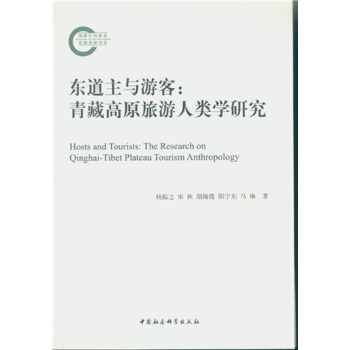
![现代经济学大典:财政学分册 [A Dictionary of Modern Economics] pdf epub mobi 电子书 下载](https://pic.tinynews.org/11977921/57ece0a9N7606053d.jpg)
![中国城镇化进程中的乡村发展及空间优化重组 [Rural Development and Spatial Optimization During the Process of Rapid Urbanization in China] pdf epub mobi 电子书 下载](https://pic.tinynews.org/11981277/57ea2e45N9cebedb0.jpg)

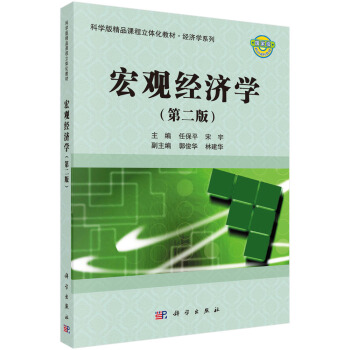

![丝绸之路经济带发展报告(2017) [Annual Report On Development Of The Silk Road Economic Belt(2017)] pdf epub mobi 电子书 下载](https://pic.tinynews.org/12035995/58847a80N2ff28023.jpg)
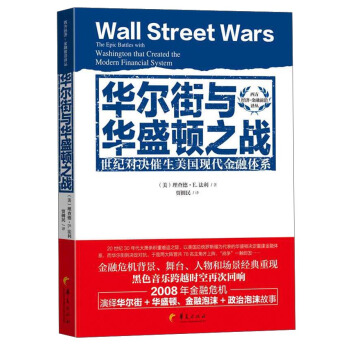
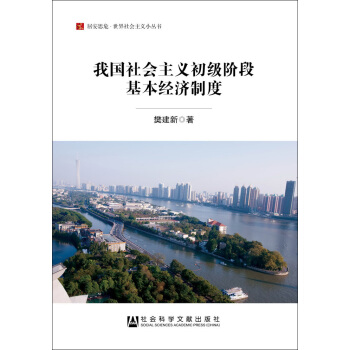
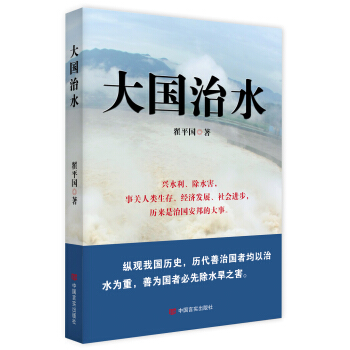

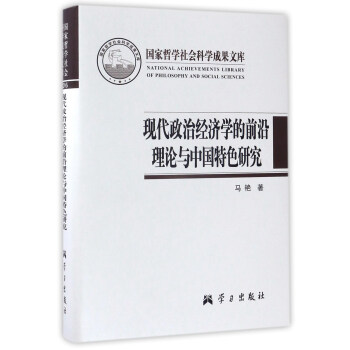
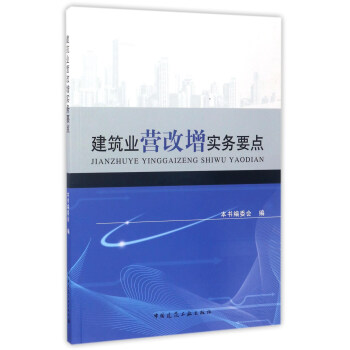
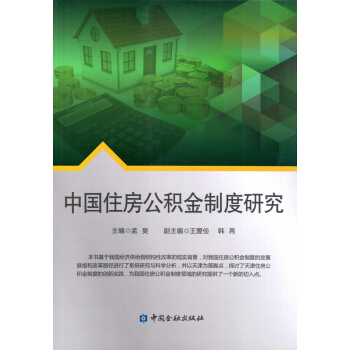
![产业大数据丛书:农村土地流转综合评估与大数据分析 [Comprehensive Evaluation and Big Data Analytics of Rural Land Transfers] pdf epub mobi 电子书 下载](https://pic.tinynews.org/12147424/58c64460Nb1801040.jpg)
